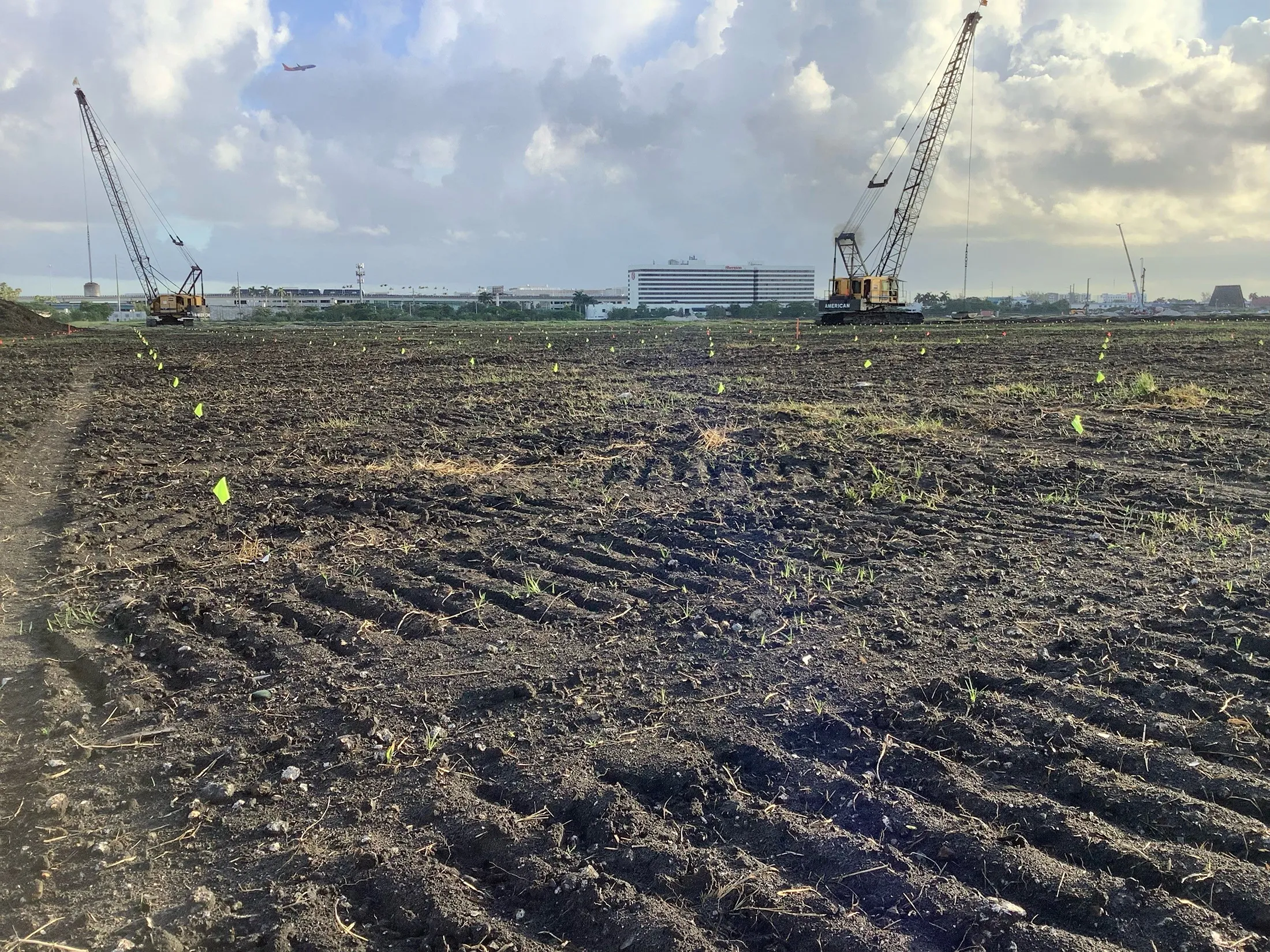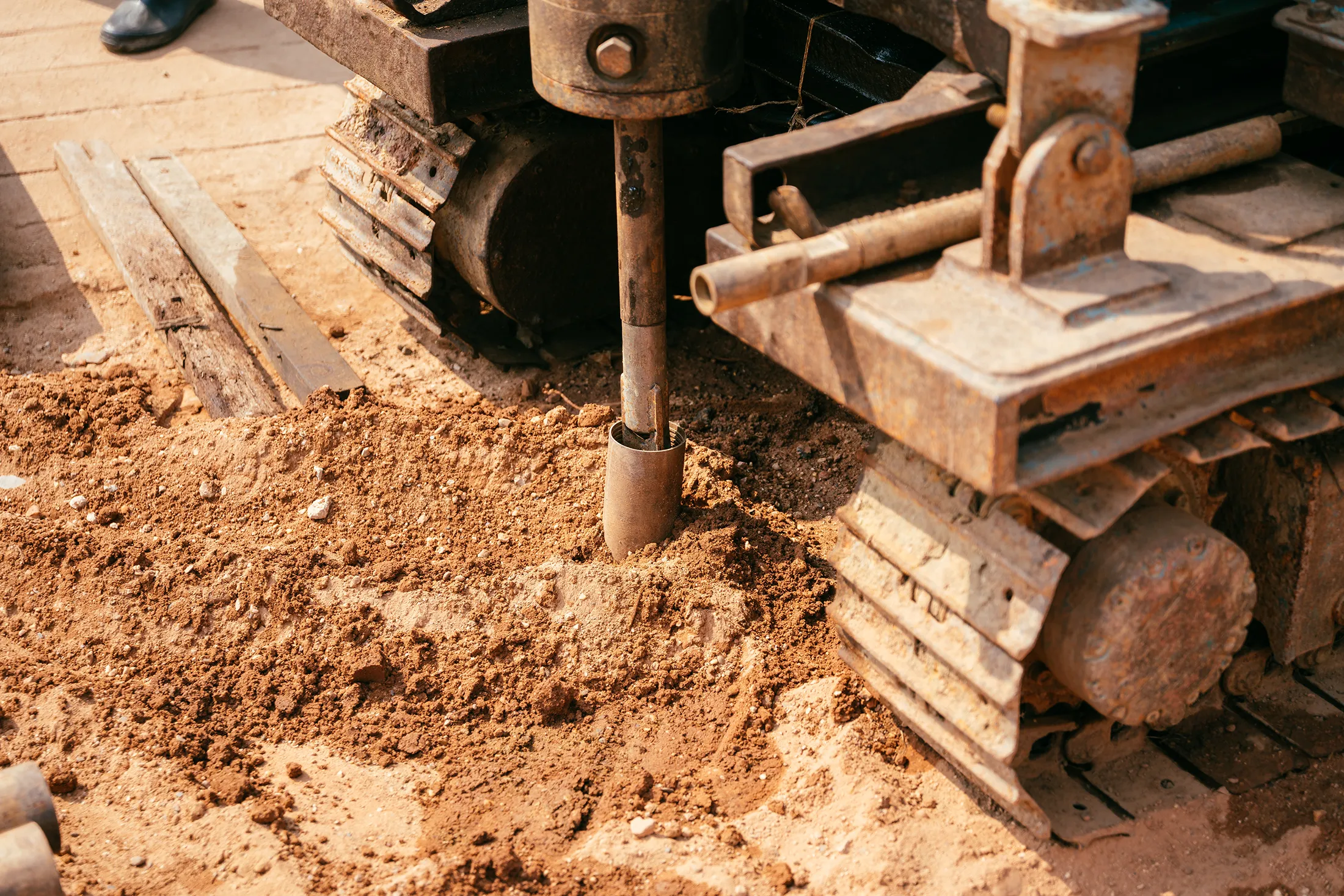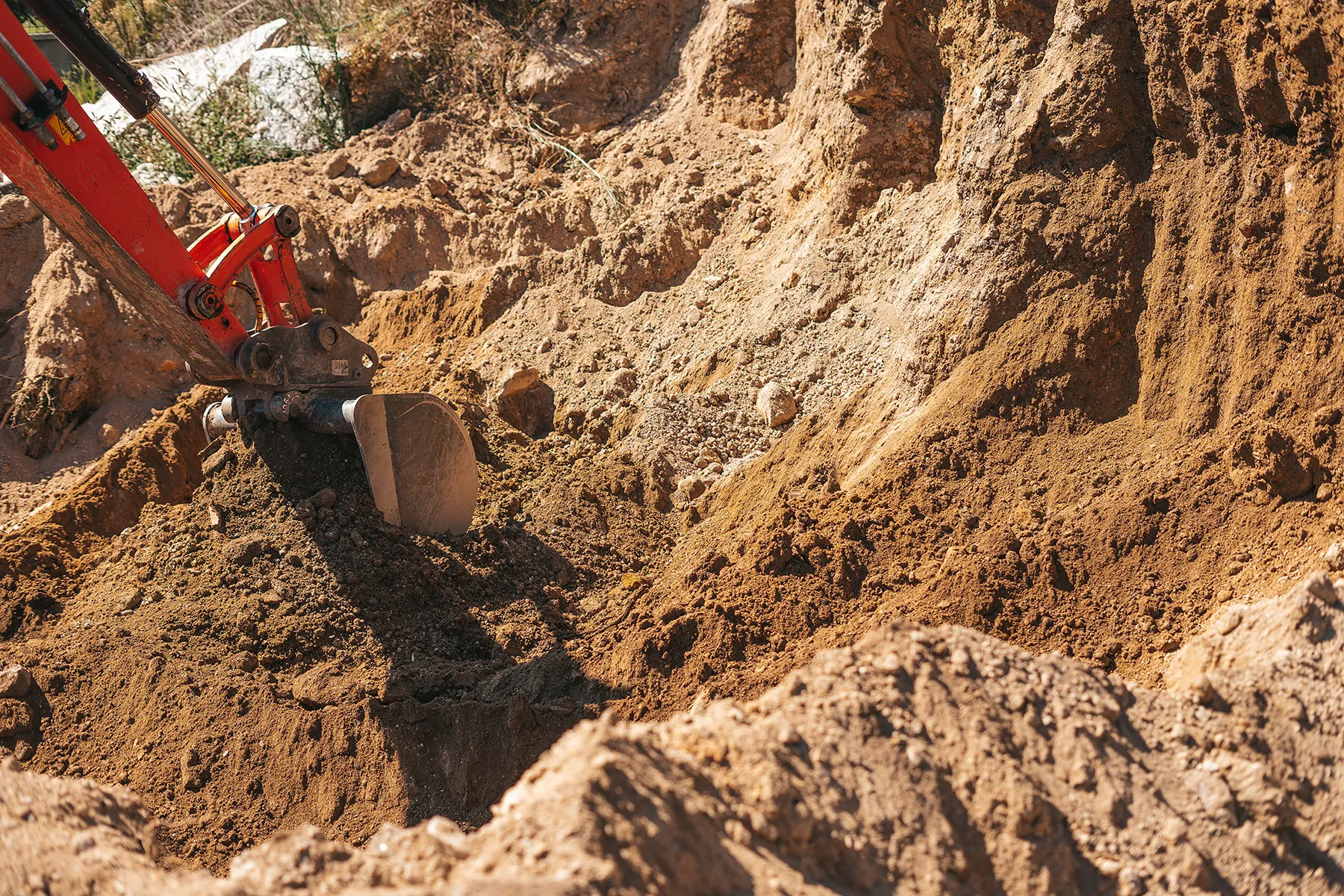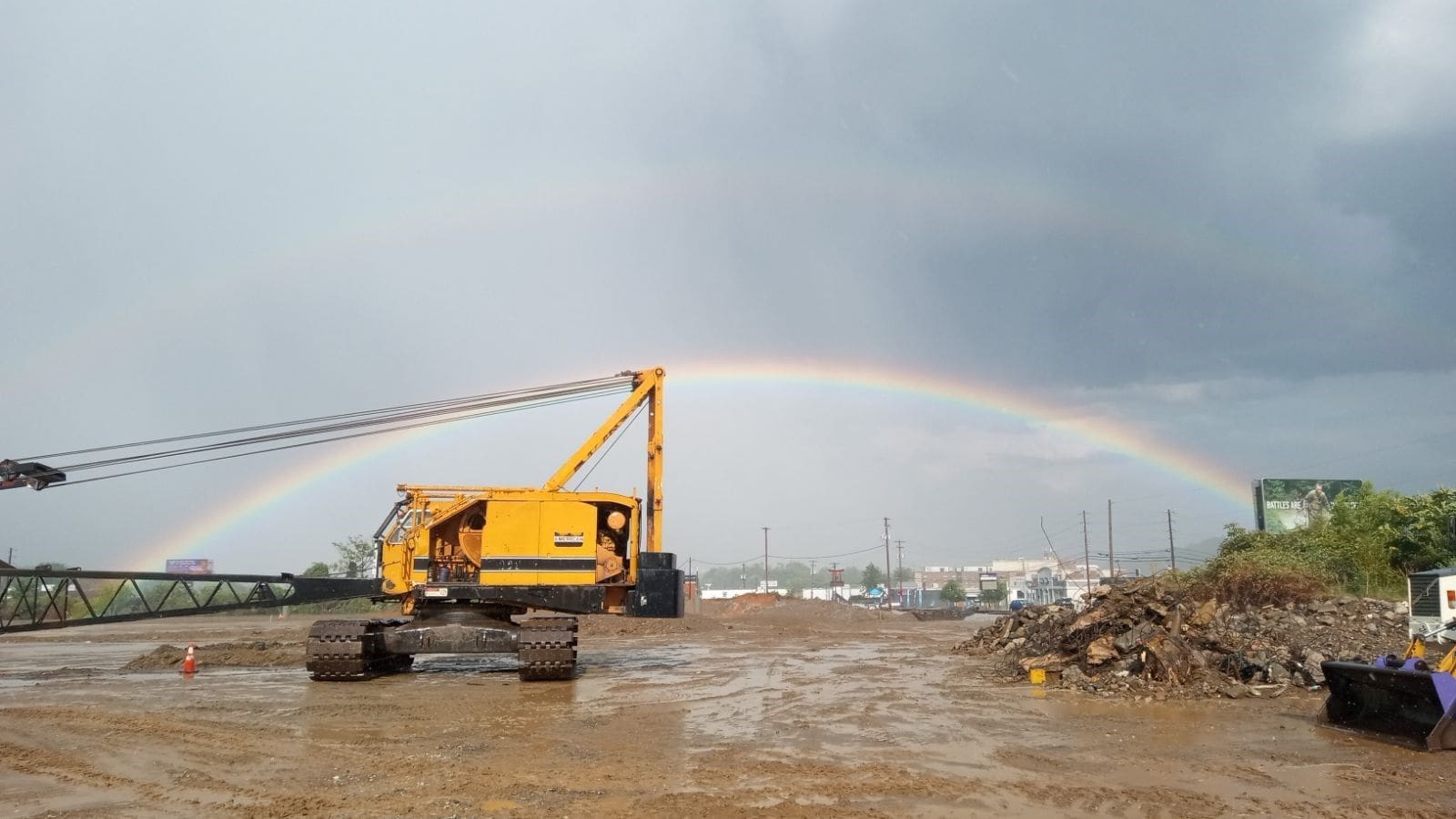
When to Use Dynamic Soil Compaction: Ideal Site Conditions and Soil Types
Introduction
Not all soils are created equal, and not every site is ready for construction without intervention. In many projects, the key to long-term structural stability begins beneath the surface, with soil that can support loads effectively and consistently. That’s where dynamic compaction comes in.
This blog looks into the optimal site conditions and soil types for dynamic compaction, helping engineers, contractors, and developers understand when and where this powerful ground improvement technique delivers the best results.
Did you know? Some soils respond exceptionally well to dynamic compaction, while others may require a different solution. Understanding the geotechnical makeup of your site is critical to choosing the right ground improvement approach.
Read on to learn how Densification Inc. applies expert analysis and proven methods to match dynamic compaction with the right projects, ensuring safer, stronger foundations from the ground up.
1. What Is Dynamic Soil Compaction?
Dynamic compaction is a ground improvement technique that increases the density of loose, granular soils by dropping heavy weights from substantial heights. The repeated impacts improve the soil’s engineering properties—such as strength, stiffness, and load-bearing capacity—making it ideal for construction site preparation.
Key benefits include:
- Deep treatment potential (up to 30 feet)
- Increased bearing capacity for structural foundations
- Reduced long-term settlement
- Cost-effective alternative to deep foundation systems
It’s a powerful tool but its success depends on the right site and soil conditions.
2. Ideal Soil Types for Dynamic Compaction
Dynamic compaction is most effective on granular and non-cohesive soils that respond well to vibration and impact energy. The following soil types are considered ideal:
- Loose sand and silty sand
- Excellent response to impact energy
- High potential for densification and stabilization
- Gravel and gravel-sand mixtures
- Allow for deep energy penetration
- Offer strong post-compaction performance
- Reclaimed or fill soils (free of excessive organics)
- Common in urban or coastal developments
- Improve substantially with dynamic compaction when well-graded
- Dry, non-plastic silt
- Can respond to dynamic compaction with proper energy levels and spacing
Dynamic compaction is less effective in highly cohesive soils like clay, organic soils, or saturated silts, where pore pressure buildup limits energy transfer.
3. Site Conditions That Support Dynamic Compaction
Beyond soil type, the overall site environment plays a key role in whether dynamic compaction is the right solution. Ideal conditions include:
- Large, open areas
- Space is required for crane operation and safe drop zones
- Ideal for industrial parks, ports, airports, and subdivisions
- Dry or seasonally dry soil
- Reduces the risk of pore pressure buildup
- Enhances compaction efficiency
- Minimal overhead restrictions
- Equipment requires vertical clearance for weight drop
- Avoids conflicts with power lines or structures
- No sensitive nearby structures
- Vibration monitoring is essential
- Compaction can be adjusted to avoid damage, but nearby historic or fragile buildings may limit feasibility
4. When to Consider an Alternative Approach
In some cases, dynamic compaction may not be the best fit. Consider alternative soil stabilization methods when:
- Soils are highly cohesive (e.g., clay, peat, or expansive soils)
- The site has limited access or overhead clearance
- Construction is happening adjacent to vibration-sensitive structures
- The water table is extremely high and not manageable during operations
In these situations, solutions like deep soil mixing, wick drains, or preloading may be more effective.
5. Densification Inc.’s Tailored Approach to Site Selection
At Densification Inc., our process begins with thorough geotechnical engineering analysis and soil testing to determine whether deep dynamic compaction is the best fit for your site. Our experts provide:
- Soil classification and behavior assessment
- Energy transfer modeling and drop pattern design
- Vibration monitoring to protect the surrounding areas
- Post-improvement testing to validate performance
- Turnkey ground improvement services across the U.S., Caribbean, and select international regions
By pairing data-driven analysis with hands-on expertise, we help developers maximize value while minimizing risk.
Conclusion: Know Your Ground Before You Build
Understanding when to use dynamic compaction is critical to successful construction site preparation. This powerful method works best in loose, granular soils and open environments where energy can be applied effectively and safely. By identifying ideal soil types and site conditions up front, project teams can make informed decisions that lead to stronger foundations, lower costs, and long-term structural integrity.
The key takeaway? Dynamic compaction isn’t one-size-fits-all, but when it’s the right fit, it delivers unmatched results.
Ready to find out if your site is a candidate for dynamic compaction?
Contact Densification Inc. for a professional consultation and let our team evaluate your soil conditions, design an optimal compaction plan, and deliver turnkey ground improvement services built on experience and results.











